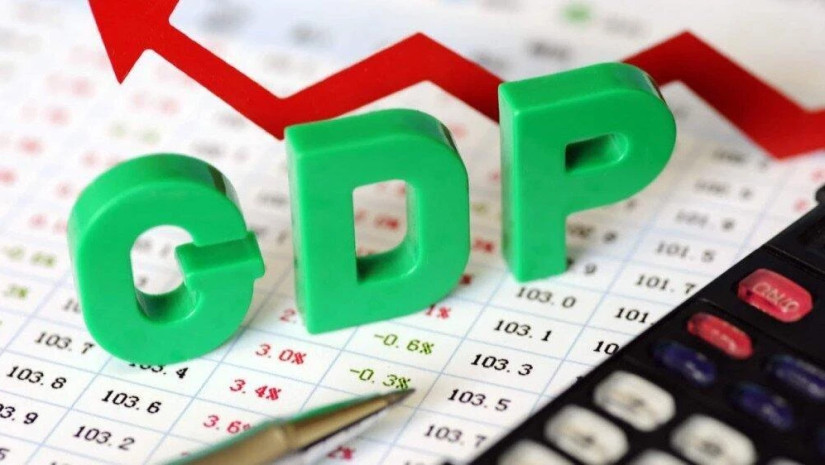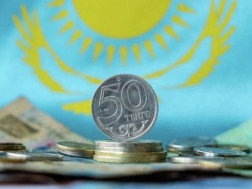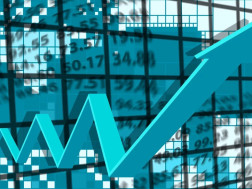Armenia's GDP in 2022 will grow by 4.4%, while in 2023 it will slow down to 4%, according to the World Economic Situation and Prospects 2022 report, produced by the United Nations Department of Economic and Social Affairs (UN DESA). The report says that inflation in Armenia will amount to 4.1% in 2022 and drop to 3.8% in 2023.
The Armenian government's growth projection for 2022 is 7%. The Central Bank expects the economy to grow by 5.3% in 2022. The World Bank's January 2022 Global Economic Prospects report predicts 4.8% growth; the IMF forecast is 5.3%. The Fitch Ratings’ forecast is also 5.3%, while Standard & Poor's expects Armenia's real GDP to grow 4.6% in 2022, ARKA reports.
According to the World Economic Situation and Prospects 2022 report, the economic growth resumed in the CIS area in 2021 as mobility and activity restrictions were eased or removed, domestic demand strengthened and the external environment became more favorable, including through sharp increases in commodity prices.
The aggregate GDP of the CIS and Georgia, after shrinking by 2.6 per cent in 2020, expanded by an estimated 4.3 per cent in 2021. Growth is projected to moderate to 3.2 per cent in 2022. In small energy-importing countries, recovery in remittance flows and tourism revenues supported economic activities. Labor market conditions improved significantly.
The greatest economic growth in 2022 is expected in Turkmenistan - 5.7%, while the smallest - 1.8% in Belarus.
Most of the CIS area experienced a strong upsurge in inflation in 2021, however, spurred by supply disruptions, higher food and energy prices, stronger demand and in some cases currency depreciation. Monetary authorities in almost all countries reacted to the inflationary spike with policy tightening.
Governments have taken various measures to limit price increases and mitigate impacts on their populations.
The area’s economic outlook has multiple downside risks, such as increased volatility in commodity prices, slow progress in vaccination against COVID-19, mounting geopolitical tensions and rising risks in the banking sector, according to the report.
It says the broad recovery in the European Union along with increasing tourism demand accelerated recovery of the South-Eastern European economies in 2021. But the pace will likely weaken in 2022 as governments scale back fiscal support amid debt sustainability concerns.
















